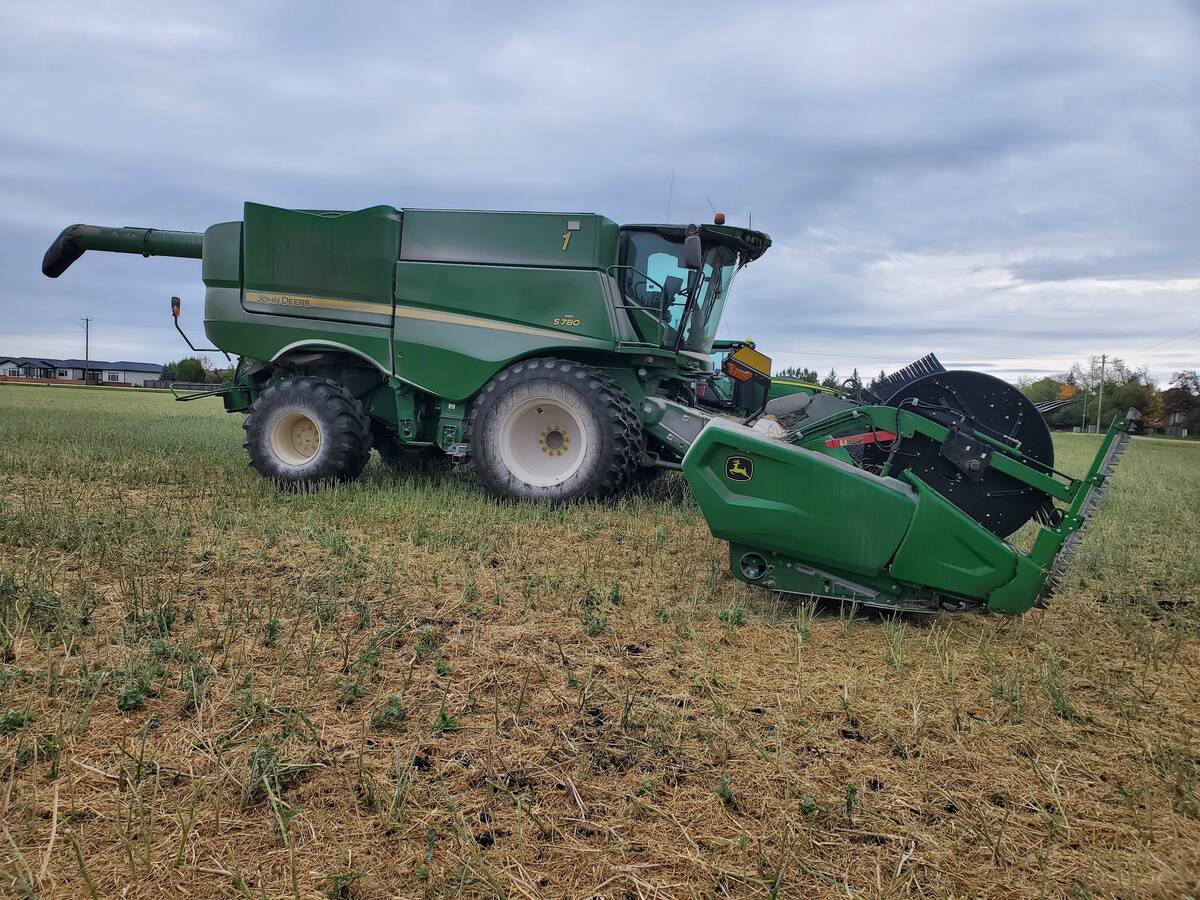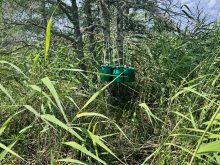Herbicides are present in every water supply in Western Canada, according to a study by the National Hydrological Research Centre in Saskatoon.
Some dugouts, considered to have drinkable water by 15,000 Saskatchewan families, contain levels of pesticides as much as 1,000 times more detectable than European water supplies.
“I’ve yet to analyze water from a dugout that didn’t contain pesticide residues … residues can be found in the ground water as well,” said Allan Cessna, of the centre.
“Farmers and custom applicators will begin to void pesticide residues through their urine within 24 hours of beginning to spray. Their exposure to the product is 98 percent dermal (skin) and mainly comes through the hands. For people not even involved in spraying, they too will show levels of exposure,” said Cessna.
Read Also

Powdery mildew can be combine fire risk
Dust from powdery mildew can cause fires in combines.
James Dosman, of the University of Saskatchewan’s Centre for Agricultural Medicine, said scientists know little about the effects of pesticides on rural residents.
“Funding to do research is tight … . We’d love to have the money to do the investigation. These are important questions for rural people.”
Elmer Laird, an organic farmer from Davidson, Sask. said: “The spraying season used to be a month, maybe two. It lasts seven months now and farmers are forced to use higher and higher rates to control weeds that are developing tolerances to herbicides, so more product is being used.”
Cessna blames aerial spraying as a major culprit in the failure to control spray drift with losses. Under ideal conditions ground spraying drift can be as low as one to two percent but averages are above 10 percent.
Even if a conservative 10 percent of pesticides fail to reach their targets and become part of the environment, either in whole or in their degraded parts, the result is one million kilograms of product deposited elsewhere in the environment.
Producers can reduce losses by reducing the lighter-than-air water droplets known as fines. The fines will rise on warm air rather than fall when released and continue to rise even higher as moisture evaporates from the tiny droplets.
What goes up…
“We all know that what goes up must come down. It will come back as a dry deposition as dust or in moisture, returned as rain. But they will come back,” said Cessna.
Granular applications are not immune to the problem either. Pellets gasify when they come in contact with water or become part of wind-eroded dust.
Carstin Lieber of the toxicology research centre at the University of Saskatchewan said: “The reason there is so little known about the effect of pesticides on the rural population is because nobody has screamed loud enough at government to get their attention … It is a matter of dollars and cents, and research money for these issues is in short supply.”
















